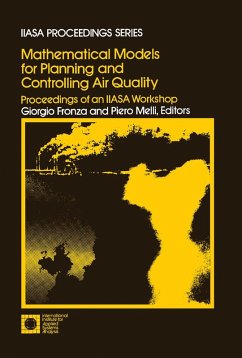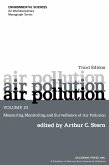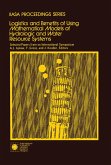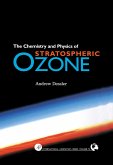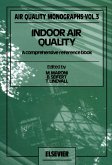The book is organized into two parts, corresponding roughly to the two goals outlined above. Part One examines the role of mathematical models in air-quality planning and includes: a presentation of a decision maker's viewpoint; illustrations of various types of models (descriptive and/or decision models) available to decision makers; assessments of the role of models in actual decision making; and two papers on the more traditional question of the significance and range of application of descriptive models, i.e., of models that represent the physics of the air-pollution phenomenon. Part Two is devoted primarily to real-time control. It includes a presentation of the IIASA case study of the Venetian lagoon; and papers on various aspects of this research; on alternative concentration predictors; and descriptions of implementations of real-time forecast and control schemes in Japan and Italy.
Dieser Download kann aus rechtlichen Gründen nur mit Rechnungsadresse in A, B, BG, CY, CZ, D, DK, EW, E, FIN, F, GR, HR, H, IRL, I, LT, L, LR, M, NL, PL, P, R, S, SLO, SK ausgeliefert werden.

